Animal Life news stories

The random nature of genetic mutation implies evolution is largely unpredictable. But recent research suggests this may not be entirely so, with interactions between genes playing a bigger role than expected in determining how a genome changes.

The tale of one female woolly mammoth, written in the layers of her tusk, has shown researchers how the extinct megafauna species moved across Alaska with humans right on their heels…Her life and its connection to human activity have been described in a recent paper published in Science Advances.
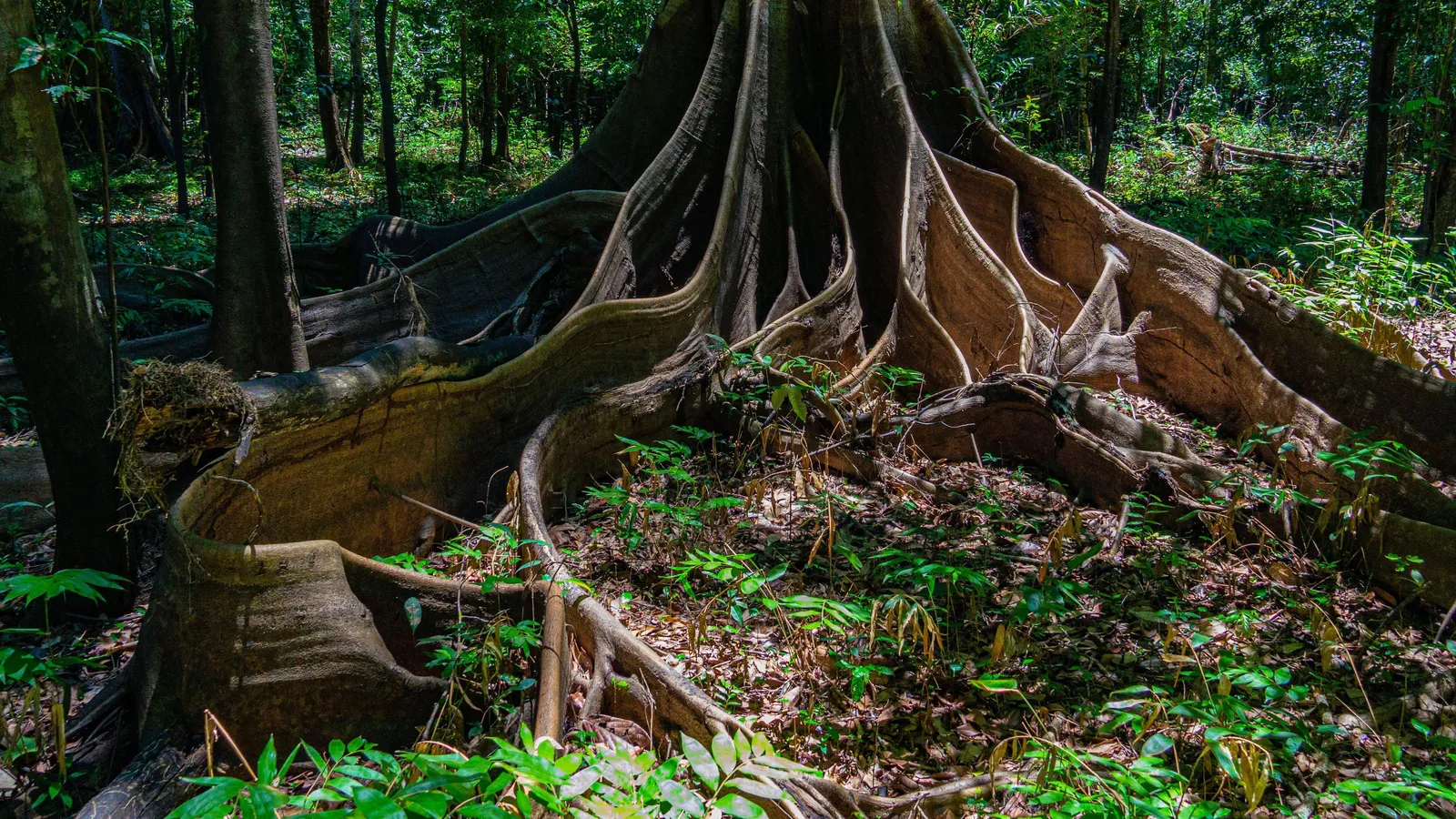
Amid the discovery of a lost city in the Amazon rainforest, scientists are uncovering a different kind of relic underground – one that’s still being used today.

Crocodile-like skin belonging to an early species of reptile is the oldest fossilized skin ever discovered, dating back almost 290 million years — 130 million years older than the previous record holder.
Complex, multicellular life emerged on Earth 600-700 million years ago. For the first time, scientists have accurately dated some of the oldest examples of complex life. See the research here.

A study led by an international team of researchers is shedding new light on the mystery of Gigantopithecus blacki, a giant prehistoric primate that once lived in what is now southern China.

Toxins found in the skin of poison dart frogs may hitch a ride there via molecular taxicabs…But how these toxins, which help to fend off predators, make it from a frog’s intestines to its skin has been a mystery. See the study here.
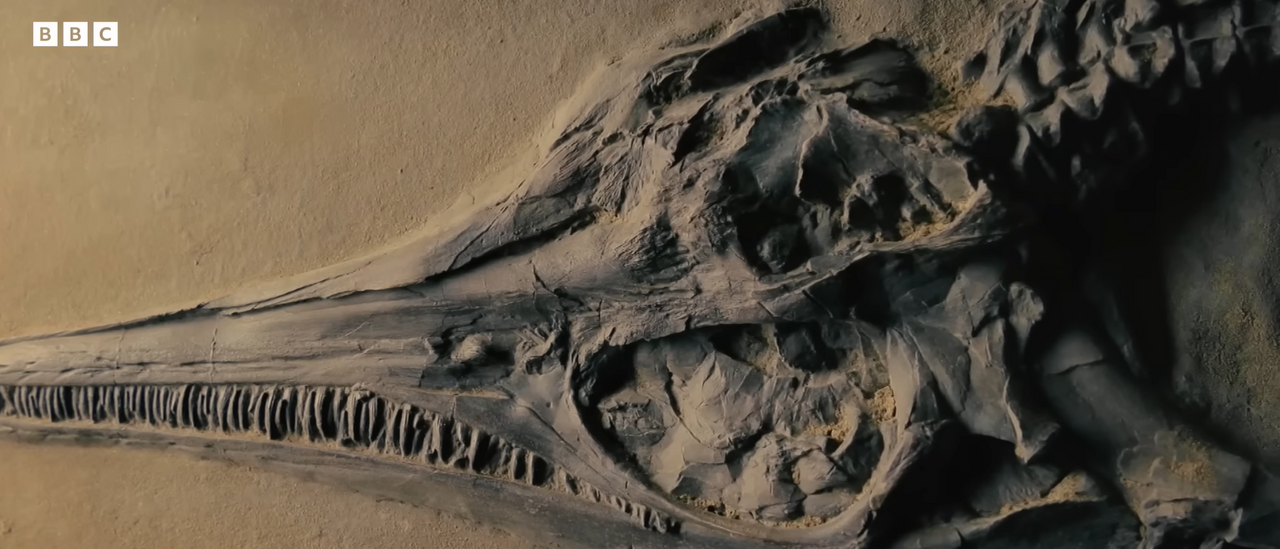
The BBC came under fire in early January for appearing to try and manipulate data surrounding the discovery of a fossil discussed in a David Attenborough documentary.
A baleen whale fossil found on the banks of the Murray River in South Australia is challenging previous ideas about when baleen whales first evolved to be big. The research is published in the Proceedings of the Royal Society B.
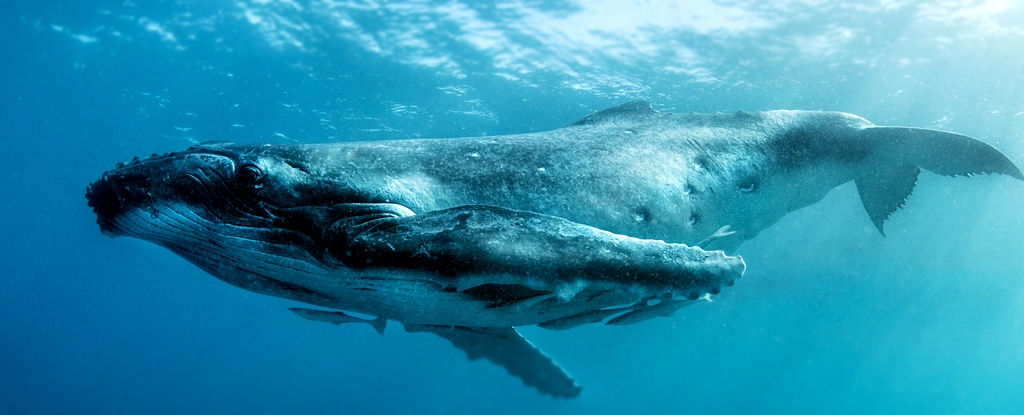
In a recent study, scientists from UC Davis, the Alaska Whale Foundation, and SETI (Search for Extraterrestrial Intelligence) teamed up. Their mission: Communicate with whales. And they did just that.
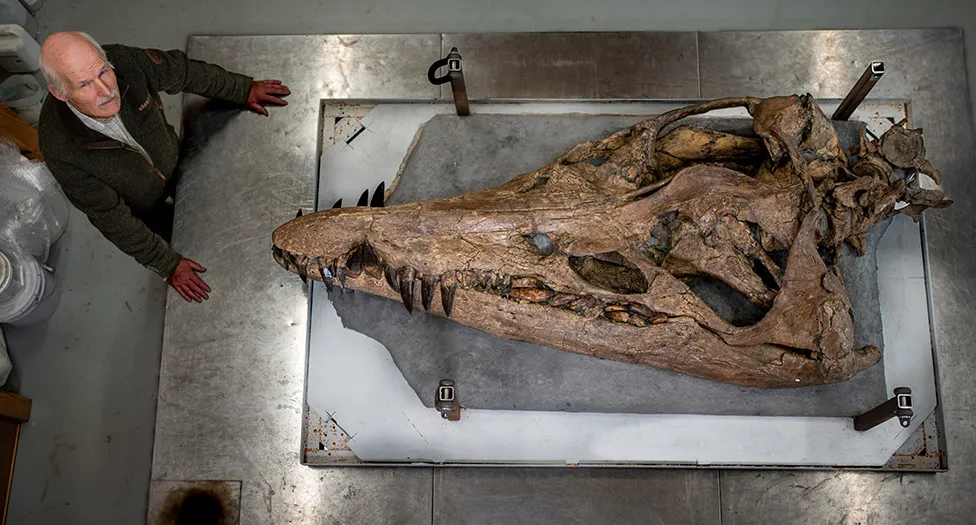
The skull of a colossal sea monster has been extracted from the cliffs of Dorset’s Jurassic Coast. It belongs to a pliosaur, a ferocious marine reptile that terrorised the oceans about 150 million years ago.

Hunter-gatherers in southernmost South America integrated horses with Spanish pedigrees into their societies around 400 years ago, long before Europeans occupied that region, a new study suggests.
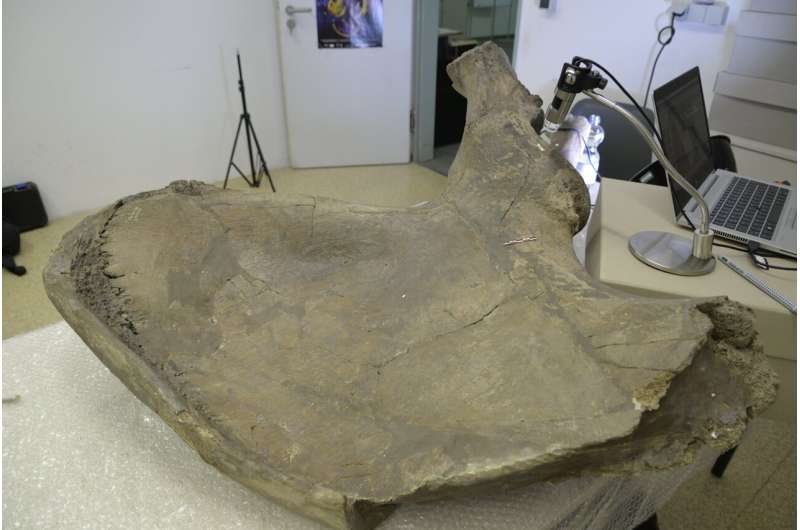
Hunting the now extinct straight-tusked elephant (Palaeoloxodon antiquus) was widespread among Neanderthals, concludes a research team… The study has recently been published in the Proceedings of the National Academy of Sciences.
New research published in Nature Communications suggests that the first cell-like structures on Earth contained radiation-resistant manganese antioxidants, protecting the first cells to evolve.
Two mosquito fossils, preserved in Lebanese amber, are challenging scientists’ understanding of how blood feeding developed in the insects. The findings have been published in Current Biology.

Inside a decades-long journey to uncover the sacramental origins of the Bufo alvarius toad—and the powerful psychedelic derived from it…The story began innocently enough in Haiti in the spring of 1982, in the temple of a Vodoun sorcerer…








